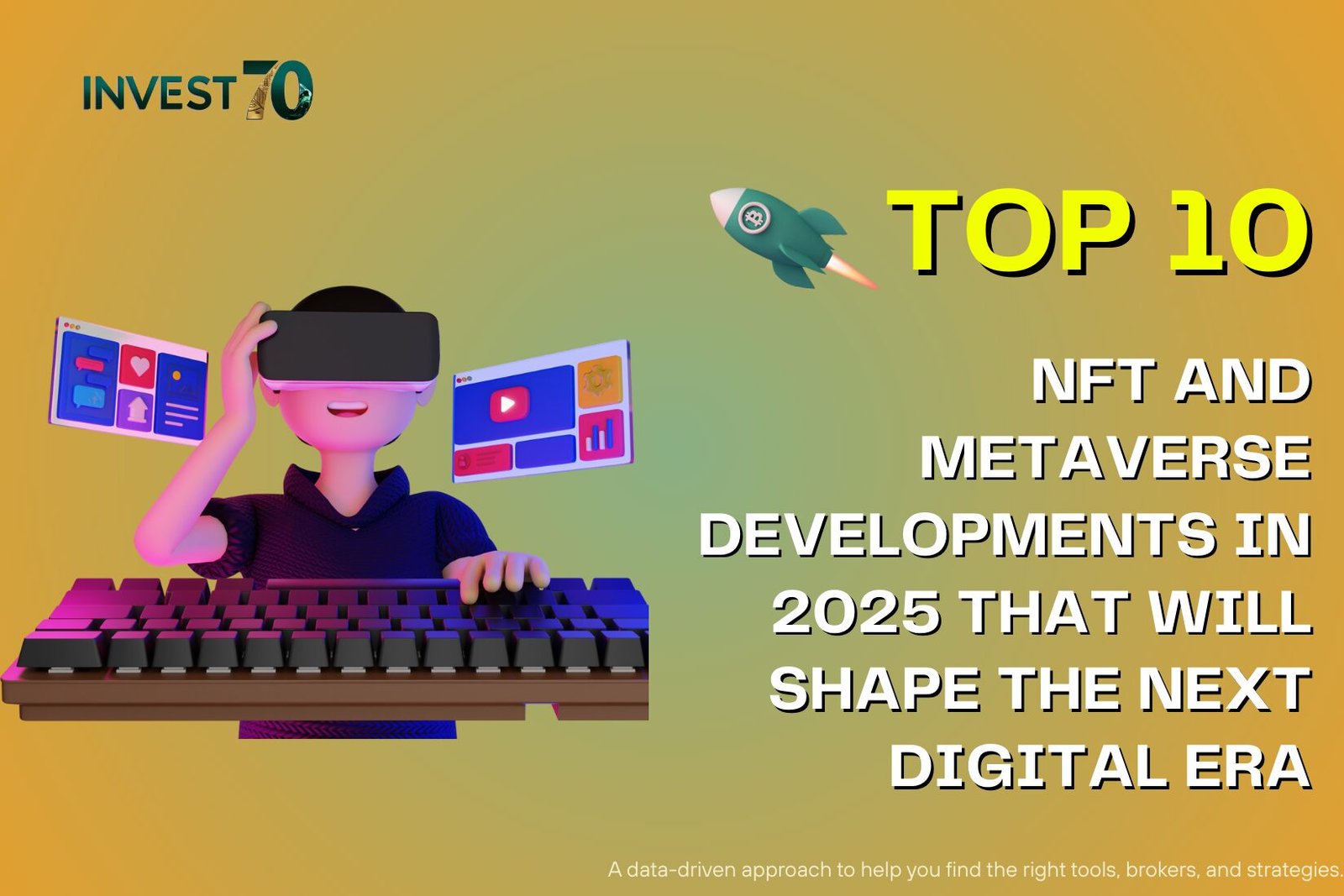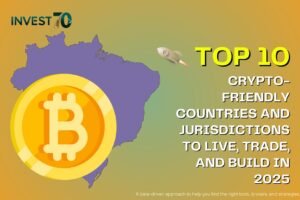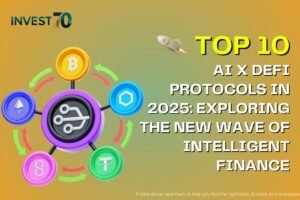TOP 10 NFT and Metaverse Developments in 2025 That Will Shape the Next Digital Era
TOP 10 NFT and Metaverse : NFTs and the Metaverse have moved past their experimental phase. In 2025, they are merging into a more integrated digital ecosystem—where ownership, identity, and interaction flow seamlessly between the virtual and physical worlds. Market forecasts point toward exponential growth, driven by innovation in AI, blockchain, and immersive user experiences.
This list of the TOP 10 NFT and Metaverse developments in 2025 highlights the milestones that are not just shaping tech headlines but influencing how we work, learn, shop, and connect.
1. NFTs With Real-World Purpose

Source: Blockchainmagazine
The days when NFTs were mostly speculative digital art pieces are behind us. In 2025, they are gaining traction as functional, everyday tools. From storing property ownership records to issuing secure event tickets, NFTs are proving their worth beyond collectibles.
Brands and governments are experimenting with blockchain identity solutions, while music and film industries use NFTs to manage licensing in transparent, fraud-resistant ways. The result? Higher trust and more practical use cases driving adoption.
2. Cross-World Metaverse Experiences
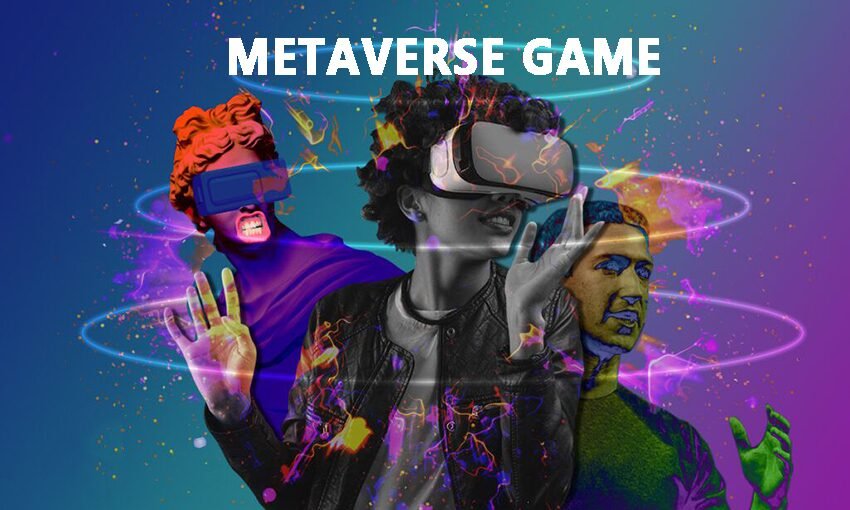
Source: BAP SOFTWARE
The Metaverse is no longer made up of isolated “walled gardens.” Advances in blockchain interoperability now let users take avatars, skins, and digital goods from one platform to another without losing their identity or assets.
Ethereum, Solana, and Polygon are among the networks working toward shared standards, opening up the possibility of a truly connected Metaverse. This interoperability makes virtual worlds feel less like separate apps and more like one continuous digital universe.
3. Smarter Virtual Worlds With AI
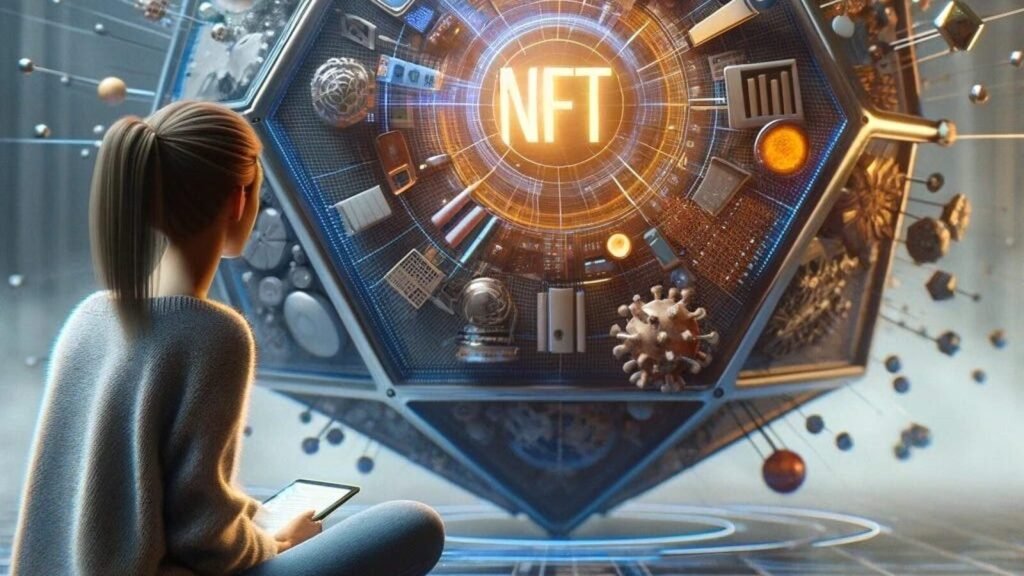
Source: AI People First
AI is breathing life into the Metaverse. In 2025, it’s not just powering chatbots—it’s creating living environments that adapt to how people interact.
From virtual cities that change based on community decisions to AI-driven NPCs capable of realistic conversation, the technology is making spaces more engaging. Education, gaming, and enterprise training are set to benefit most, with AI building scenarios tailored to individual needs.
4. Player-Driven NFT Gaming Economies
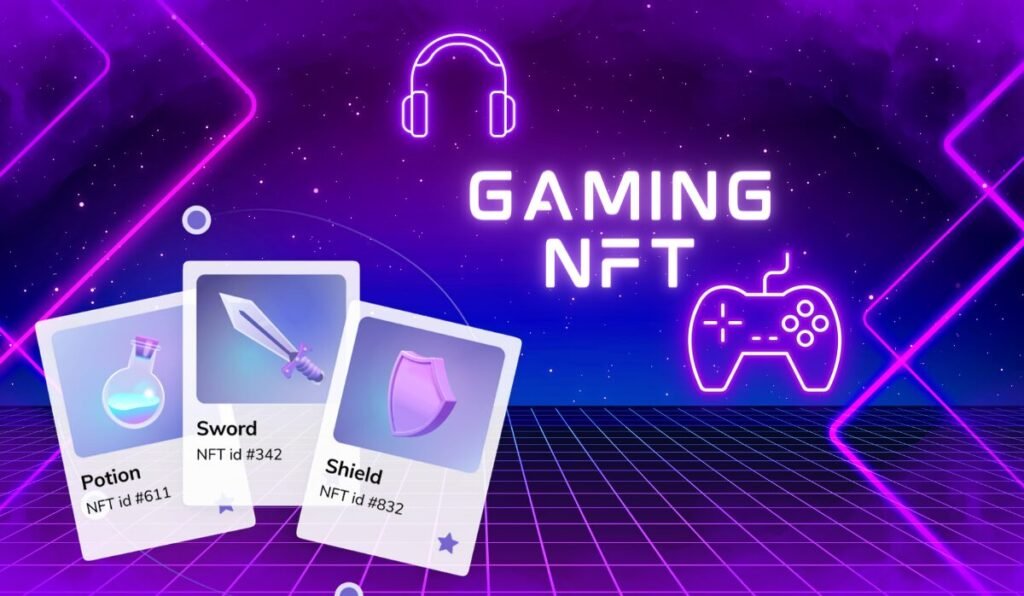
Source: The Data Scientist
Play-to-earn has evolved into a more balanced model where players can earn without compromising game quality. This “play-and-earn” approach blends NFTs into competitive gaming, letting players own and trade unique items while still enjoying immersive worlds.
eSports leagues are also integrating blockchain asset systems, turning professional gaming into a new form of digital entrepreneurship. The gaming economy of 2025 is as much about business as it is about fun.
5. Virtual Land as a Growing Asset Class
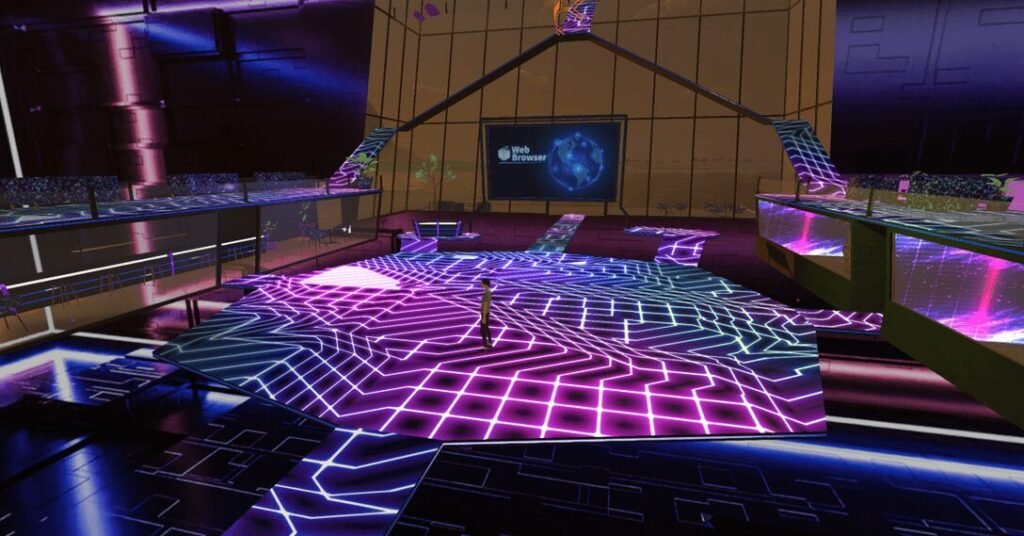
Source: DappRadar
Owning land in the Metaverse is no longer just a novelty—it’s a serious investment category. In 2025, virtual plots host branded experiences, interactive stores, and entertainment venues.
From high-profile celebrity properties to corporate headquarters in the digital realm, virtual real estate is commanding millions. The combination of scarcity and brand engagement potential makes it one of the hottest sectors in Web3.
6. Community-Led Governance via DAOs

Source: Aegis Web3
Metaverse governance is decentralizing. Decentralized Autonomous Organizations (DAOs) are giving users a direct say in how platforms evolve—from setting community guidelines to approving new features.
While this democratic model comes with challenges in coordination and decision-making, it also empowers users to shape the spaces they inhabit. In 2025, DAOs are a key factor in making the Metaverse feel like a shared public space rather than a corporate product.
7. Advanced Anti-Fraud Systems for NFTs
As NFT markets expand, so do threats of counterfeiting and plagiarism. This year, platforms are deploying AI-powered verification alongside blockchain tracking to detect fake or stolen assets before they reach buyers.
Art marketplaces, luxury brands, and ticketing companies are leading the way, proving that tighter security encourages both creators and collectors to participate confidently.
8. Phygital Assets Linking Worlds Together – TOP 10 NFT and Metaverse
2025 is seeing a boom in “phygital” assets—NFTs that connect directly to real-world products or experiences. Imagine buying a designer handbag in the Metaverse and having it shipped to your home, or owning an NFT music album that grants VIP concert access.
This fusion of digital and physical value is helping brands attract audiences who want the convenience of digital ownership without losing the tangible benefits of physical goods.
9. Immersive Learning and Training in the Metaverse – TOP 10 NFT and Metaverse
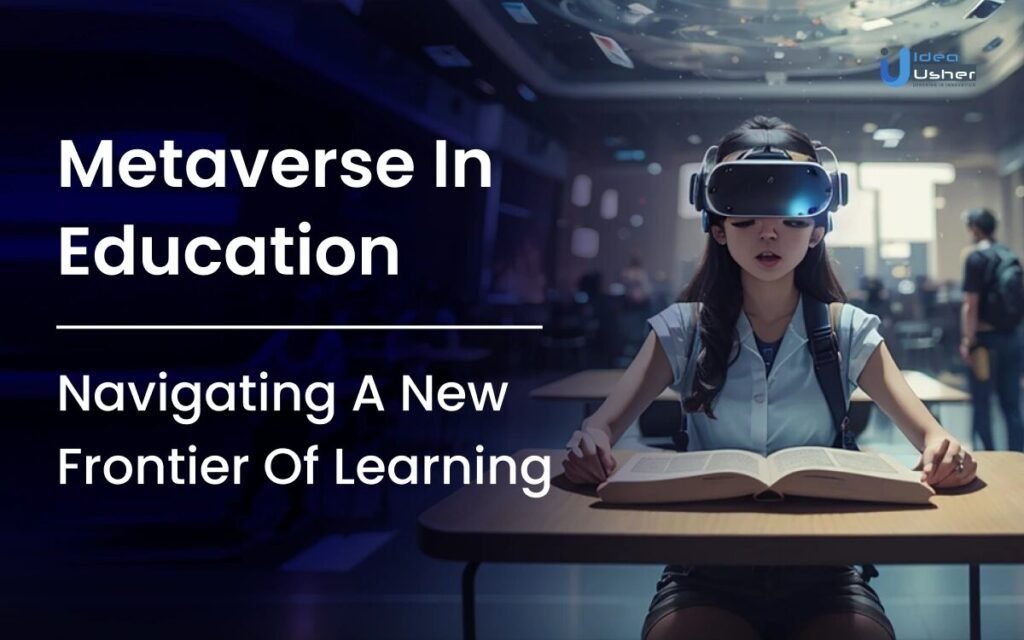
Source: Ideausher
The education sector is adopting Metaverse technologies at speed. Virtual classrooms now allow for interactive science experiments, language exchanges, and historical recreations without the limitations of a physical location.
In the corporate world, training programs in simulated environments are preparing employees for high-stakes tasks, from complex surgeries to emergency response drills—reducing risk while enhancing skill retention.
10. Global Brands Establishing Virtual Presence – TOP 10 NFT and Metaverse

Source: Metalitix
In 2025, more major brands are making the Metaverse a core part of their long-term strategy. Retailers are launching immersive virtual stores, car makers are building interactive showrooms, and entertainment giants are hosting movie premieres in VR worlds.
These initiatives are not just marketing experiments—they’re about meeting future customers where they already spend time. The blending of commerce, entertainment, and community is becoming a defining trend in brand engagement.
Conclusion – TOP 10 NFT and Metaverse
The TOP 10 NFT and Metaverse developments in 2025 show that we’re entering a more mature, interconnected, and practical phase of Web3. From AI-enhanced worlds to real-world-linked NFTs, these innovations are transforming not just how we interact online, but how we live offline.
The coming years will blur the boundaries between digital and physical life even further, making adaptability and awareness essential for anyone navigating this evolving space.

